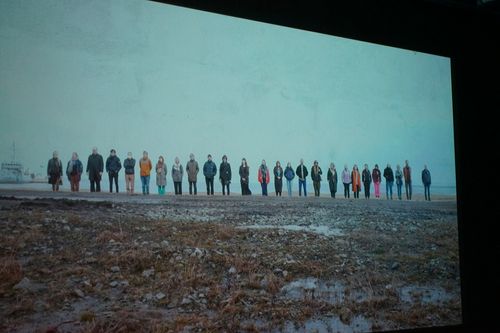The art of public space is up of a complex combination of different participants. It is influenced by the political situation, social level, cultural identity, heritage of history, and level of local architects, artists, and designers. It is a shared space between the corporate and private, the commercial interest and political influence. Public space is an Embassy for everybody - it should host foreign and local and tolerate very different points of view on social issues and political attitudes. It is open to controversial demonstrations for multiple social statuses, equalizing the oppositions. It has a certain kind of freedom in the democratic world. But still - what is visible is always controlled in one way or another.
What is the role of an artist in this openness and complication? Entering this social-political field is also very demanding in the level of ethics, security, endurance, and aesthetics - how much freedom and control would an author still have? Exhibiting public art should be considered a strongly empowered communication - but can the artist's message, the vision, be independent there? Which co-voices are the most influential? Who is the actual "target," an audience of public art? Who needs public art the most? What are the expectations - addressing "everybody"? Should public art be extremely simple or highly sophisticated?
These are the essential questions that the PartGo collective has been researching during the 4-year joint project, which focuses on the main questions and problems of public art and public art education in art universities. At the complicated systems of public art regulations, commission formats, at the competition of having a say in this ground, the most valued markers for young contemporary artists seem to be still the maximum creative freedom, freedom of speech and communication, experimentation and courage, field awareness, but also a thorough study of the context, research and regional field of perception, courage for an open analysis. Public art should not underestimate its audience and curtail the originality of its authors.









